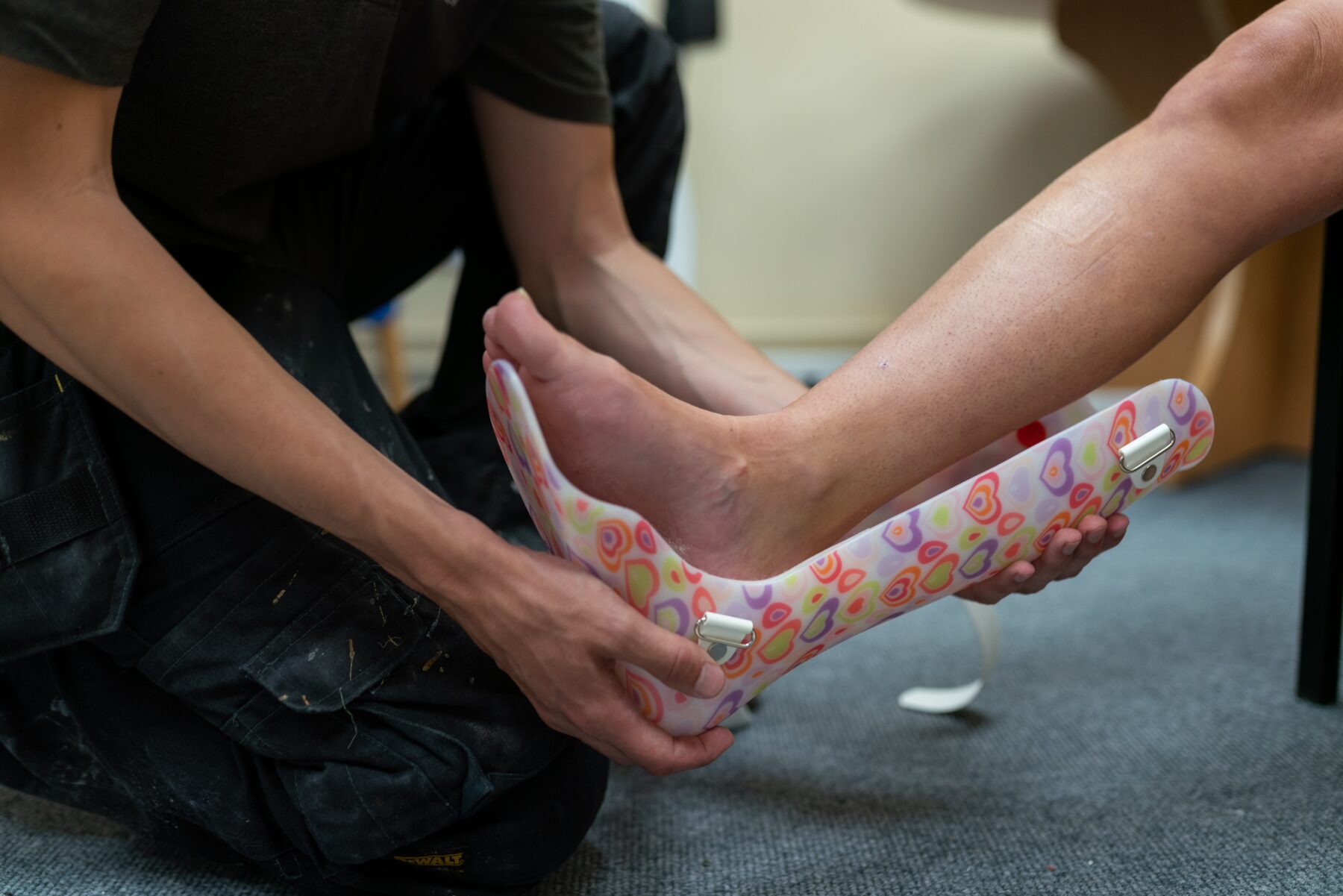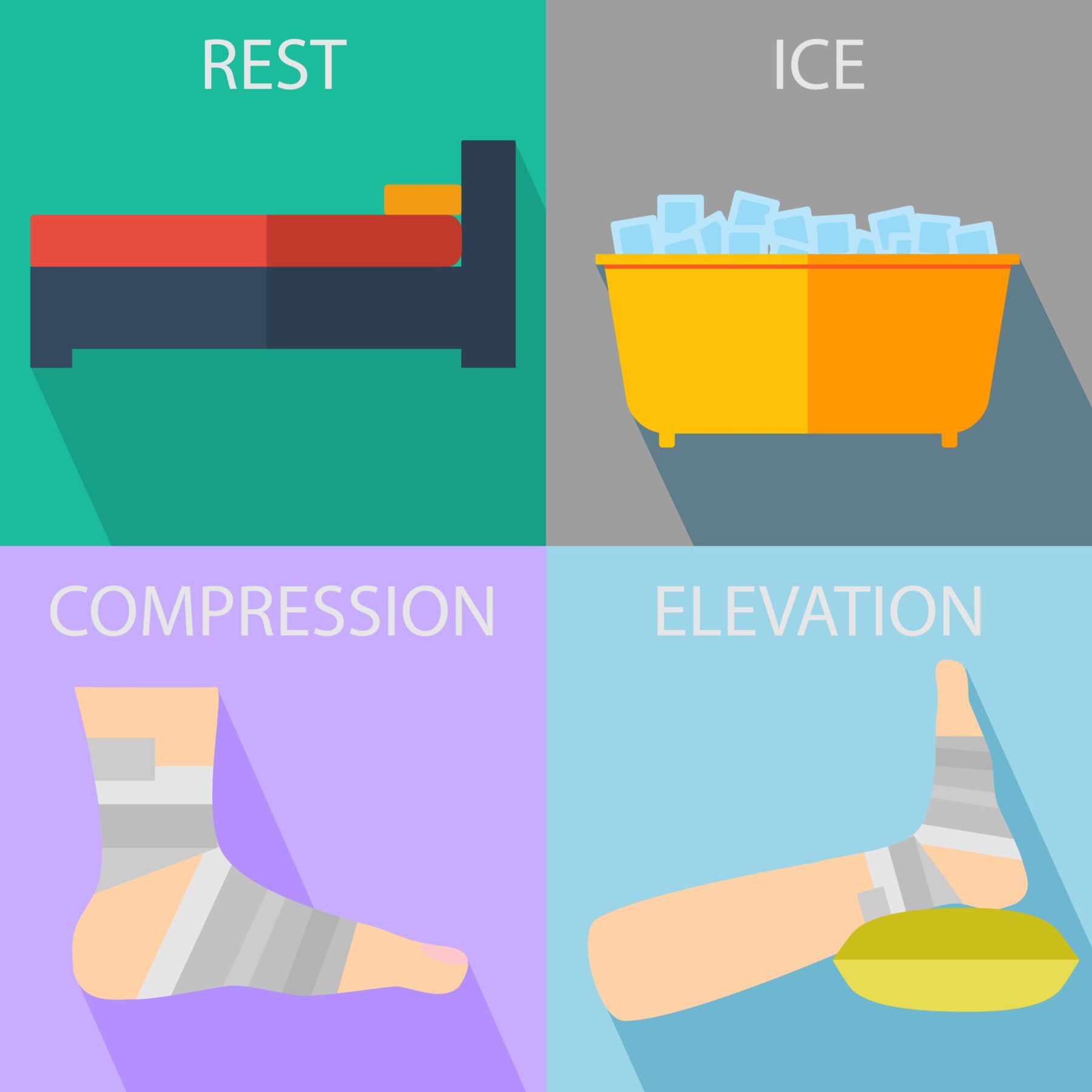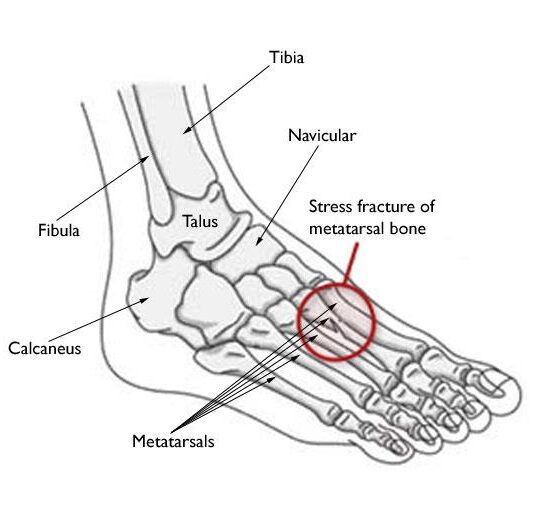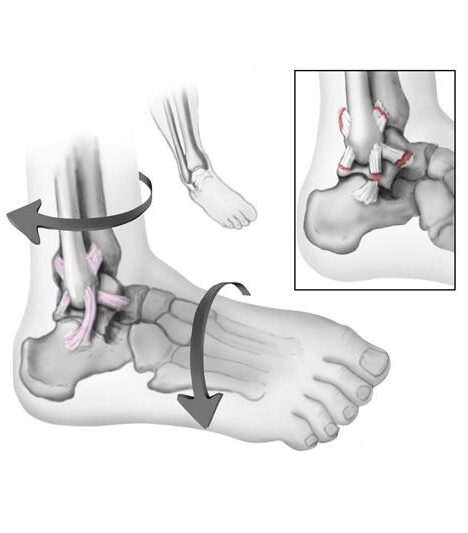ANKLE AND FOOT
DOCTORS
Much like hand and wrist injuries, ankle and foot injuries occur regularly, both on the sports field and off of it. Turf toe, Achilles tendon ruptures (tears), sprains, and fractures are some of the most frequent foot and ankle injuries. Although the Achilles tendon can withstand immense stress, it is still vulnerable to injury. A rupture is when the muscle fibers tear and separate, rendering it unable to perform its regular function.
The most common cause of foot injuries such as fractures include falls or crush injuries (falls from heavy objects onto foot or automobile accidents) If it is painful to put your full weight on your foot and walk around normally, you may have sustained some type of ankle or foot injury. Your doctor may perform an X-ray or an MRI in order to determine the nature of the injury. Treatment may include orthotics, casts, medication, physical therapy, or surgery.




